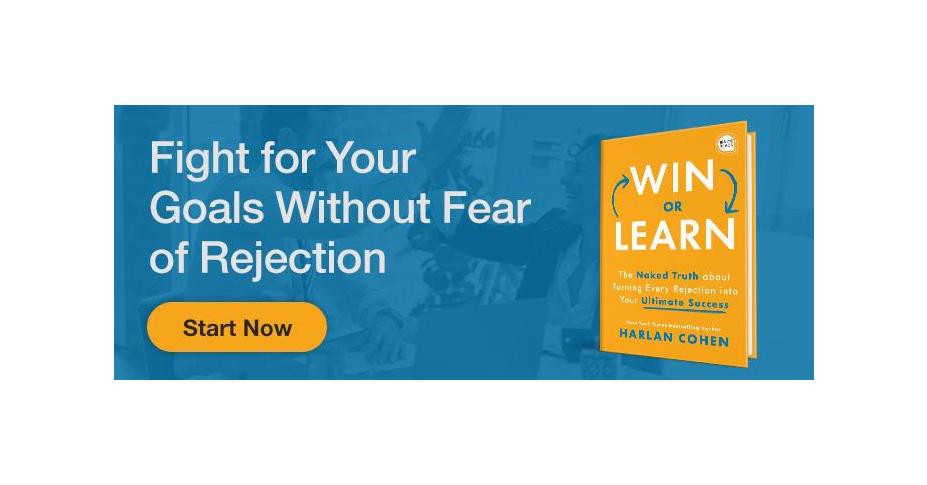I’ve got good news and bad news. The good news is that bad news can be good news. The bad news is that good news can be bad news. Confused? No news is neither good news nor bad news. It’s just no news.
We love it when we hear what want to hear. We hate it when we don’t. Information isn’t emotional. It’s data. We attach the emotion. The more emotion we attach to information, the harder it is to listen, learn, and communicate. The more negative emotions we attach to outcomes, the faster we shut down, hate, hide, attack, or give up altogether.
As you create change in your life and embark on your risk-taking experience, you will have to process all types of outcomes. In order to build grit and resilience, you must be able to distinguish information from emotion. You can learn how and when to attach emotion to information. This simple awareness that you have a choice gives you power. The following three rules will help you as you take more risk and process outcomes:
- Information is neutral. In Oprah Winfrey’s recent interview with Buddhist nun and author Pema Chödrön,Chödrön shared the moment she started weeping upon realizing that information is neutral. We take information and create a narrative that reflects our outlook. When someone or something doesn’t align with what we want, we feel negative emotions. The same information can be positive when viewed by someone else. Information is not emotional. It’s data. And when you can process this data understanding we have a choice in how to react to the data, it loses its power. It becomes something that educates and informs us. We decide how to respond instead of reacting.
- If it’s hysterical it’s historical. This is a common expression used in recovery. When we have a big reaction to information it’s safe to assume there is a connection to past experiences. When an outcome stirs negative emotions, try to discover what is being activated. What past experience is informing your reaction? When information sends you into a tailspin, appreciate that it’s not the information, but a link to a past trauma or an uncomfortable past experience. The neural pathways were laid a long time ago. Identifying the source and making peace with the past can change your reaction. Appreciating the Universal Rejection Truth and giving the world permission to be flawed and imperfect can help make history less hysterical. You might need to lean on your people and places to work through these feelings. Recognize, you are not the same person you were in the past. Seeing the false narrative and witnessing the feelings can prevent you from falling into old patterns when faced with discomfort. You will then be better equipped to listen, learn, and use the information to move forward.
- Give yourself permission to feel. When you are aware of your feelings and give yourself permission to feel them, you are no longer controlled by them. When you recognize why you feel what you feel, you have the power. In the book, Permission to Feel, Dr. Mark Breckett helps readers identify and acknowledge their feelings. The more you can be at peace with your feelings, the less resistant you will be when information causes you to react one way or another. Feelings are no longer something to fear once you understand them and allow them to pass through you. Unwanted feelings and emotions don’t have to be avoided. There doesn’t have to be a victim or villain mentality. Like a hard candy, the feeling can dissolve once you stop resisting them. This ability to process feelings will enable you to see information clearly and respond with clarity and without hesitation.
Practice these three rules and you listen, learn, and move forward with a new sense of confidence, clarity, and presence.
- Harlan Cohan, author of Win or Learn

